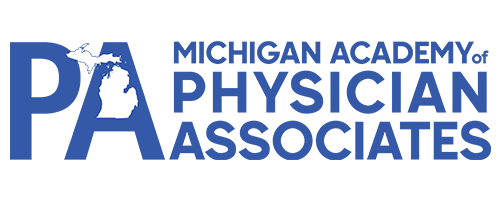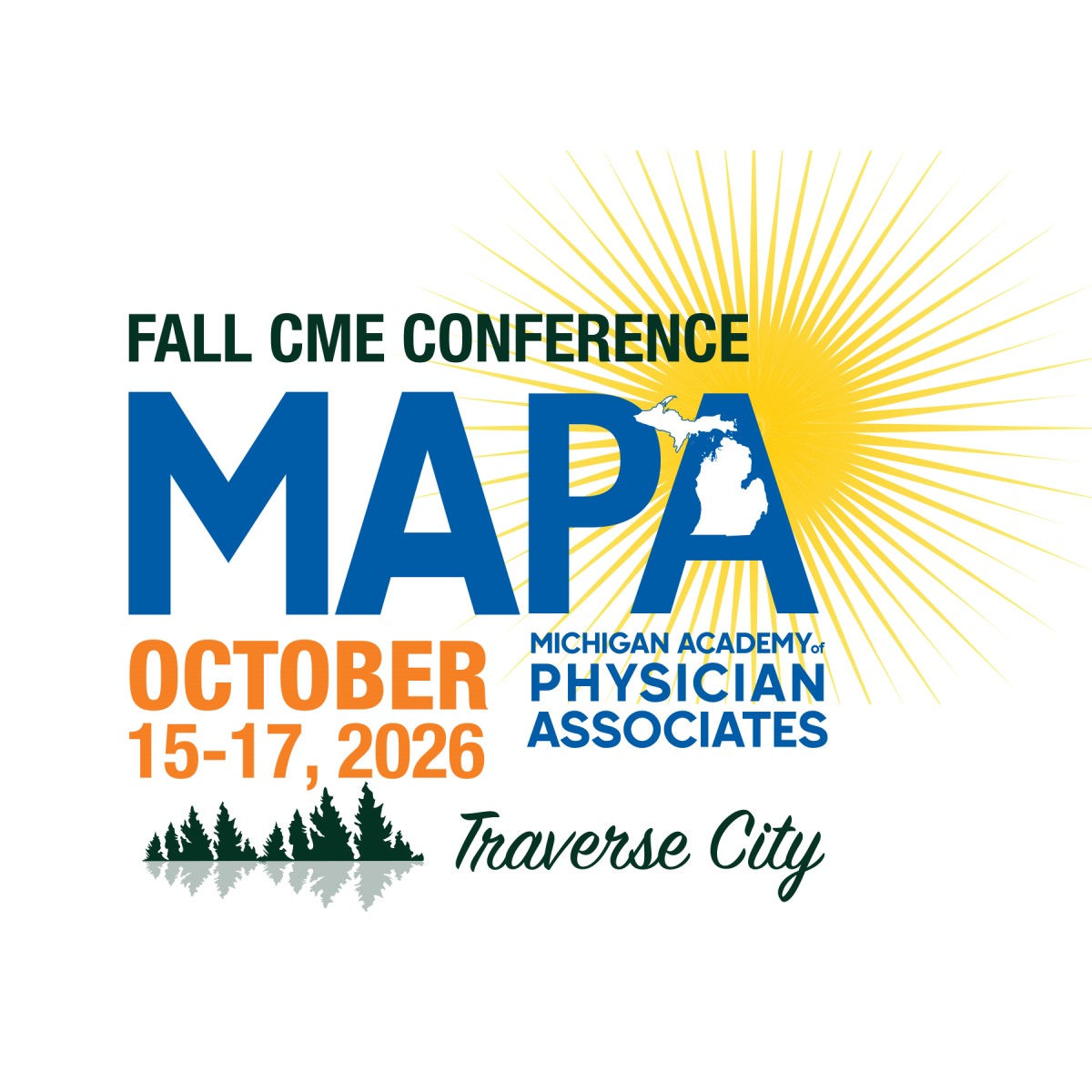PA Contract Negotiations
Practical tips and insights to confidently navigate the contract process.
Introduction
Most private practices and some health care facilities that have employment opportunities for physician associates have some form of employment contract between the PA and the practice/facility. Although a starting salary is relevant, it is not always the most important factor in the decision and selection process for a new PA job. A PA's job performance, satisfaction, and career prospects are greatly impacted by the type of practice, its location, and the clinical quality of the group they join. Additionally, a strong PA-physician partnership requires a good fit between them. Therefore, it's crucial for both the practice and the PA candidate to clearly communicate their expectations and desires about the position. Since the employment contract outlines the terms of employment and can significantly affect future job satisfaction and personal happiness, it is essential for a PA to thoroughly read and understand every part of the agreement.
The job outlook for PAs is strong, with many opportunities for both new graduates and those seeking a job change. PA positions can be found through professional publications, recruiters, online job search engines, word of mouth, MAPA’s JOB CENTRAL, or during student rotations. When looking for employment, PAs should consider factors such as practice type and culture, field of interest, location, practice economics, and growth potential.
Compensation is a crucial factor for anyone seeking employment. There are various compensation models for PAs, including productivity-based pay, a share of practice income, salary guarantees, bonuses, incentives, reimbursements, or hourly wages. PAs should consider how the practice's compensation structure aligns with their personality, work style, and preferences.
More so in private practice than at a hospital, the funds that a practice has available to compensate a PA depends on payments received from patients and patient insurance payers for services rendered by the PA. Contractual agreements with insurance carriers reduce these payment amounts and the methods a practice utilizes to bill for PAs services, ‘incident to’ or ‘direct’ will also have an impact on revenue.
From the actual receipts received, the practice must cover support staff salaries and operating expenses (building upkeep, rent, overhead, supplies, equipment, etc.). The remaining funds are used to pay the PA’s salary and benefits. These residual funds depend on the practice's and community's prosperity, insurance contracts, billing and collection success, and the ability to control operating expenses. A true professional should be involved in the business side of the practice, if not immediately, then eventually, and kept informed.
Questions to consider include: Will you be informed about your performance metrics and how frequently? Can you see how your productivity compares with others?
Some PAs feel they have no choice but to accept the employment contract exactly as presented, while others believe everything is up for negotiation. In reality, the truth usually lies somewhere in between, influenced by the specific circumstances of the practice.
PAs should clearly understand their wants and what they consider minimally acceptable. The goal of negotiation is to create a win-win solution, not a victory at the other party's expense. Being straightforward without being abrasive or unrealistic is crucial. Both parties should be creative and flexible during the negotiation process. Each party should pursue their own interests and objectives while viewing the other as a collaborator in finding overlapping goals. Once an agreement is reached, it's important to recognize that an employment contract is one of the most significant financial decisions for a PA, and misunderstandings can have serious consequences. Therefore, it is prudent for PAs to seek legal counsel to review the contract, ideally selecting an attorney with healthcare experience. While it may be costly to have an attorney review the contract, it is essential to understand the language and potential impact to avoid future issues.
Negotiating Tips:
- Gather information and be prepared
- Treat all with respect
- Negotiate with the perspective of mutual benefit and fairness
- Set priorities
- Develop strategy
- Resolve issues after most of the bargaining is done
- GET IT IN WRITING
The contract defines the employment relationship between a PA and the practice, and the final decision to accept the offer is up to the PA. Before signing, both parties should ensure the contract clearly addresses specific terms and benefits.
Salaries for PAs vary widely based on geographic location, specialty, and years of experience. It is crucial for PAs to fully understand the compensation formula the group or practice uses to calculate salary, incentives, and bonuses. The salary offered might be lower than the national, state, or specialty averages if additional incentives are included based on patient volume, productivity in terms of RVUs, charges, and net or gross collections. Other performance incentive variables may include patient satisfaction, utilization, and quality improvement measures, but too many performance criteria can be confusing.
Here's an example of a PA's earning potential in a private office setting:
- Billing for an established patient visit (99213) at ~$49
- Averaging 25 patients a day, 4 days a week for 48 weeks a year
- PA's earning potential for this practice is $235,200 annually
- Average collections for medical services provided by a PA is ~85% (or $199,920)
- Typical practice overhead is between 25%-30%.
- Overall PA's annual practice contribution would be ~$144,940
In a private practice office setting, the average PA may see more than 25 patients per day and/or work five days a week. This example can clearly demonstrate your value to a practice and assist you in negotiating a fair contract based on your potential. While salary levels may be lower, bonuses tied to productivity (paid out quarterly) can boost your overall compensation to align closely with your projected contribution.
Benefits are pivotal in assessing the value of an offer and can include, but are not limited to: health, dental, and vision coverage (for individuals and families), malpractice insurance, professional membership dues, CME reimbursement, vacation and sick leave, disability insurance, and retirement plans. Additional benefits may also be offered, such as student loan repayment, signing bonuses, relocation expenses, and maternity or family leave.
The contract should explicitly state whether the PA is full-time or part-time and outline any administrative, teaching, or on-call duties they are expected to perform. It should specify the number of hours per week the PA is required to work and the expected patient load per hour, day, or week. The contract should also identify the PA's participating physician and an alternate, if needed. Scope of practice must be clearly defined for each practice setting, including any requirements for hospital privileges. Additionally, the timing and basis of performance evaluations should be clearly outlined, including when they will occur and what criteria will be used.
Restrictive Covenants, commonly known as 'non-compete clauses,' aim to prevent individuals from working in the same field, within a specified geographical area, and/or during a certain time period after leaving their current position. These clauses are typically used with departing physicians to safeguard against potential harm to a practice, such as taking patients, employees, and health plan contracts, which could impact the original practice economically. While less common for physician associates, restrictive covenants can still be applied if a PA leaves a substantial practice.
Employment contracts should clearly state both a starting date and an ending date. Some contracts last for one year and renew automatically, while others are longer and require a specific renewal process that typically involves a performance evaluation.
Termination clauses in a contract often include provisions for termination "without cause" and termination "for cause." In many cases, contracts specify that termination "without cause" can be initiated by either party after giving a specified period of advance written notice, such as 30, 60, or 90 days for PAs. Clauses authorizing termination "for cause" are usually unilateral and clearly defined. Examples of "for cause" termination may include loss of medical license or DEA registration, termination or suspension of hospital privileges, violation of the agreement, a felony conviction, use of illegal drugs, or abuse of controlled substances.
A clause about professional liability insurance coverage after the PA leaves the practice should be included in the contract. Most employers provide "claims-made" medical malpractice insurance for the PA while they are employed. However, once the PA leaves, the practice will remove the PA from the policy. This policy covers the PA for claims made during their employment but does not cover claims arising after they leave.
To protect against this coverage gap, the PA can purchase "tail" insurance. This insurance provides coverage after the PA's termination for any incidents that occurred during their employment. Due to the high cost of "tail" insurance, the premiums can be negotiated as part of the initial employment contract.
An assignability clause in a PA employment contract for a private practice addresses situations like group acquisitions, consolidations, or mergers. If the practice's ownership changes significantly and the contract is assignable, the PA's contractual obligations remain unchanged. If the contract is non-assignable, the PA is not required to continue working for the new group. If the contract does not guarantee continued employment after an ownership change, the PA might negotiate a cash settlement or a release from any restrictive covenant.
Elements of a PA Employment Agreement
- Statement of Background Information
- Statement of Agreements
- Employment
- Responsibilities of Employer
- Annual Compensation
- Incentive Compensation (basis for the calculation)
- Benefits: Group Term Life Insurance, Health Insurance, Disability Insurance, Retirement Plan
- Vacation and Personal Leave
- Reimbursable Expenses: Membership Fees, CME Fees, Parking, Special Training/Certification, Cell Phone
- Professional Liability Insurance
- Profit Sharing/Practice Ownership
- Responsibilities of Employee
- Professional Services
- Standards of Practice
- Scope of Practice
- Ethical Conduct
- Licenses: maintain all that are necessary
- Hospital Privileges and Professional Memberships
- Billing and Patient Records
- Terms and Termination
- General Provisions
- Notice: Severability, Waiver, Non-Assignability, Artbitration of Claims
When you join a private practice, your employment contract usually has an end date or includes a clause for renewal or renegotiation. It's important to have a specified period for evaluation and renewal in any employment agreement. This allows you to renegotiate your compensation and benefits to reflect your increasing value to the practice. Working under the same contract for many years without the chance to reassess your worth is not advisable.
You should understand your value to the practice, including how much revenue you generate and how you contribute to its growth. Your compensation should match current market conditions. Don't undervalue yourself.
1. What are the responsibilities of the position and are they defined?
2. Is the compensation from salary, hourly, productivity or combination?
3. Are there bonuses and how are the determined; when are they distributed?
4. What are the benefits with the position?
5. What is the start date, end date or renewal date?
6. When are performance evaluations performed and their basis?
7. What types of insurance(s) are provided (Health, Dental, Vision, Malpractice, Tail, Disability, Life) and who pays for what?
8. Is there a retirement contribution plan?
9. What are the hours, on-call responsibility, and back-up participating physician?
10. What fee allocations are provided for CME, licensing, registrations and credentialing?
11. How much vacation and other forms of leave are provided?
12. How is PA billing performed and how is the PA portion calculated?
13. Are work related expenses reimbursed?
14. Are there opportunities for profit sharing or practice buy-in?
15. Is there an opportunity to re-negotiate a contract and when?
16. Are there relocation funds and/or student loan repayment options available?
1. Don’t rush in and ask what you will be paid. Let them know that you are more interested in a best fit job for you and be ready to negotiate. [Fools rush in]
2. Research the practice/facility and position prior to your first interview.
3. Always take time to consider an offer before signing. If needed, have the offer reviewed to ensure your rights are clearly defined and protected. Don't rush into a decision.
4. Focus on asking and answering questions; don’t list all of your job requirements in the first interview.
5. Oral or ‘handshake’ contracts or agreements are not enforceable!
6. Know your worth, especially if your compensation is based on productivity. Understand how your productivity is measured and calculated.
7. Make sure you have appropriate level of insurance(s), you may need to supplement.
8. Don’t be afraid to ask.
9. You may want to have a medical lawyer review the contract prior to signing.
10. Everything is negotiable.
11. GET IT IN WRITING!



